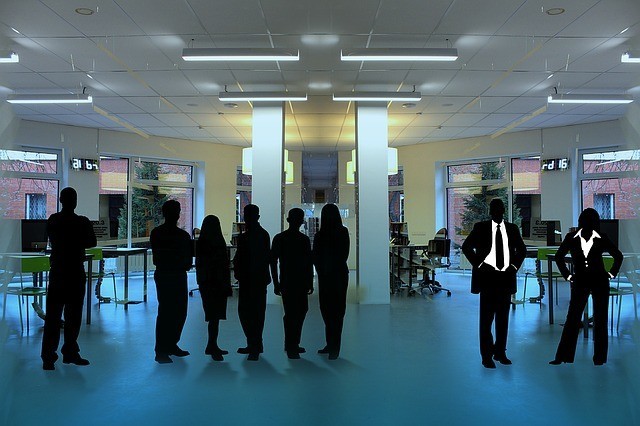I’ll be you thought this would be another Time Tamer, right? My apologies if I have disappointed you. As the mother of 14 and 7 year old children, the scarey experience of sugar-saturated costume-laddened monsters coming home from Hallowe’en festivities is all too familiar at our house.
The better you can feed your children before they go out Trick or Treating, the less likely they will fill up on candy and come home with bouncing-off-the-walls horrors of behaviour.
For many of us the time between return from work and Trick or Treating is very, very short. Meal time on October 31 for young families can be a horrifying experience at the best of times – who needs the costumes?
Try this: see if you can prepare as much of tomorrow’s supper as possible tonight or tomorrow morning. Have the kids set the table. Defrost the meat, casserole or whatever they will eat. If sandwiches are the best you can muster – prepare them ahead of time. For those of us north of the 49th, sandwiches and soup will at least make sure the children are fed and warm; they are thus more likely to enjoy the evening and consume less candy.
Good luck with your goblins!



